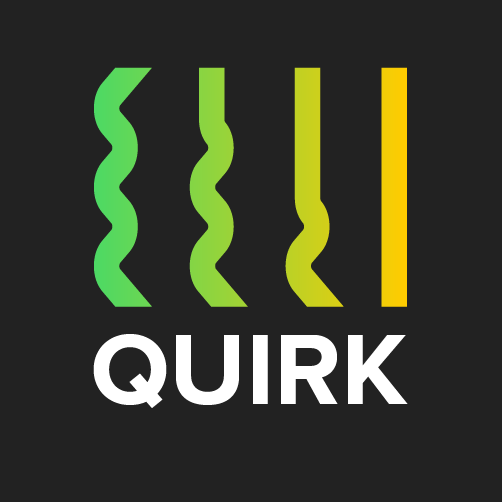How Do Timeline Controls Work?
Timeline controls in Board Rewind work like a video player for your Jira board history. Instead of seeing a static snapshot of where your work is now, you can watch how it evolved over time—pause, rewind, and replay your delivery process to understand what actually happened.
The Basic Controls
Play Button: Watch your board animate as issues move through statuses over time. You'll see tickets appear, transition between columns, and get completed in chronological order.
Pause Button: Stop the timeline at any moment to examine the board state in detail. Perfect for investigating specific situations or discussing particular points with your team.
Rewind/Fast Forward: Jump backwards or forwards through time to focus on specific periods. You can move day by day or week by week depending on your analysis needs.
Timeline Scrubber: Drag the timeline slider to any point in your board's history. This gives you instant access to any date without waiting for playback.
Advanced Navigation
Speed Controls: Adjust playback speed from slow-motion detailed analysis to rapid overviews of longer periods.
Date Selection: Jump directly to specific dates using the date picker—particularly useful for investigating known events or incidents.
Bookmark Moments: Mark interesting points in the timeline for easy return during team discussions or follow-up analysis.
What You Can See During Playback
As the timeline plays, you'll observe:
Issues appearing as they're created or added to the board
Status transitions as cards move between columns in real-time
Priority changes and other field updates affecting the board layout
Issues disappearing as they're completed or moved to other projects
Practical Use Cases
Sprint Reviews: Rewind to the start of the sprint and watch how work progressed day by day to understand velocity patterns.
Incident Investigation: Jump to the timeframe around an incident and observe how related issues moved through your workflow.
Process Analysis: Watch multiple sprints at high speed to identify recurring bottlenecks or workflow patterns.
Stakeholder Demos: Show stakeholders exactly how their requested features progressed through development.
Tips for Effective Timeline Use
Start with a broad time range and then zoom into specific periods of interest
Use pause frequently to discuss observations with your team
Combine timeline viewing with flow charts for deeper insights
Pay attention to cards that move backwards—they often reveal rework or process issues
The timeline controls transform your Jira board from a static status report into a dynamic story of how work really flows through your team.
